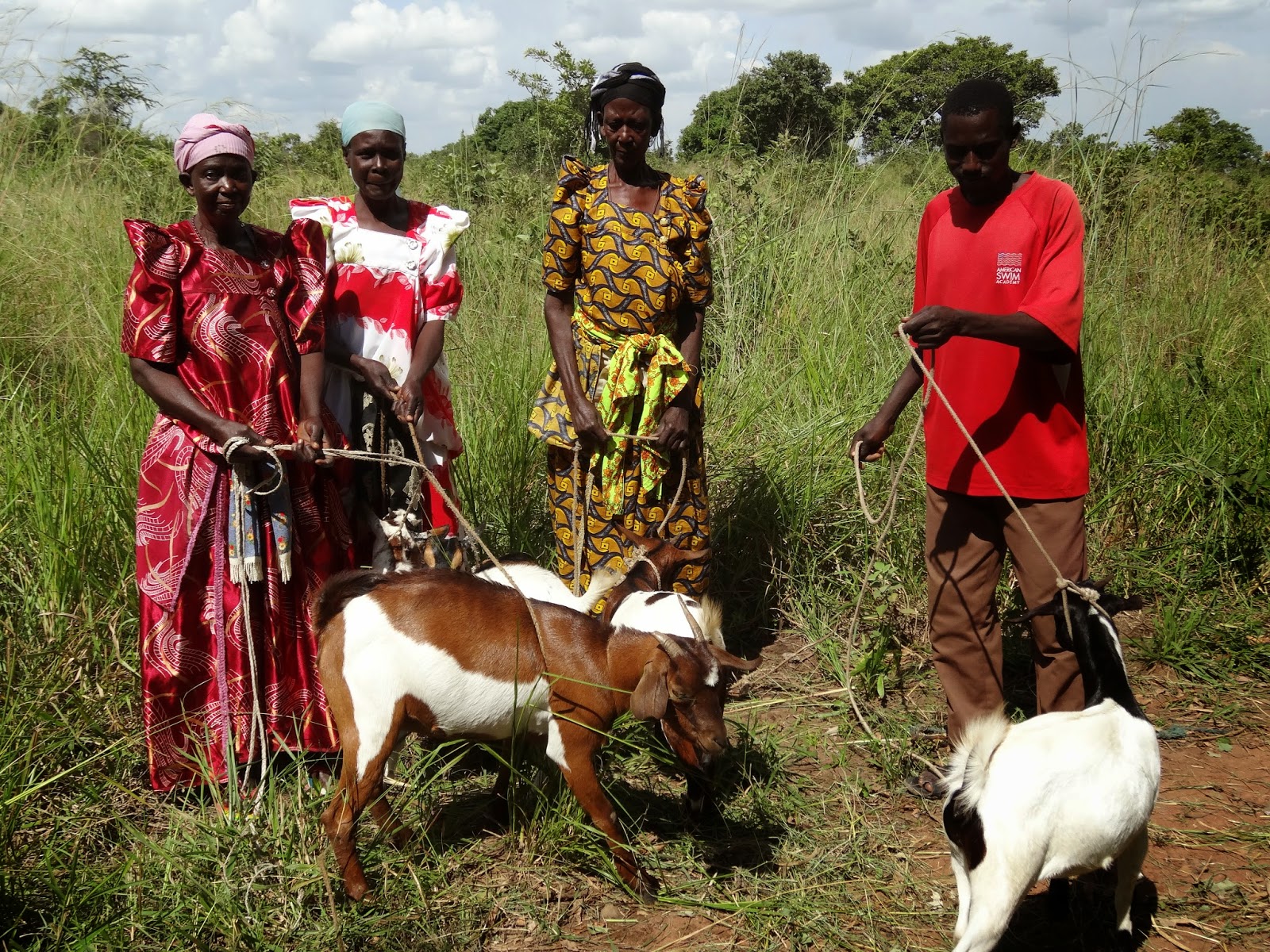One of the activities that we participate in since we work for World Renew, is helping with evaluations of the projects that World Renew's partner organizations are doing. An evaluation brings together people from World Renew, other Ugandan development organizations, and sometimes outside experts on the issue the project seeks to address. The evaluations usually take place at the middle of the project and then at the end. The one during the middle gives encouragement on what is going well and gives suggestions to help the organization improve on the work that they are doing. The one at the end looks at what was accomplished during the project and gives suggestions to help prepare the organization for future projects. The reason that these projects are for set periods of time is because they are generally funded through a specific grant from a specific donor, like the Foods Resource Bank (FRB) or Canadian Foodgrains Bank (CFGB). After the project time is up, the organization has to apply for funding again.
You might remember when we came to Uganda in November 2012 to meet the people that we were going to work with when we arrived in Soroti in 2014. Well, what we did during that time was to participate in the mid-term evaluation of KIDO's agricultural project. This project ends in December of this year, so we just participated in the end of the project evaluation.
During an evaluation, the participants spend a week with the organization staff, hearing from them about what has been going on in their project and also traveling around to visit the various sites where the project is implemented. We get to talk to people who have benefited from the project and see how they have been impacted.
One person I got to meet was Teddy, the woman in the picture below. She is part of a farmers' group that went through a training where they learned the importance of using their own local resources rather than waiting for someone to come help them. She also gained confidence as a woman instead of feeling incapable and inferior as she had before. So, she collected grass and made bricks from local resources, sold them, and earned enough money to build a permanent house.
One of the ways we learned what had been most important to the people who participated in this program was through a voting system. Everyone got ten stones/nuts/seeds and then divided those stones up among the trainings that they had gotten from KIDO. The ones that they appreciated the most got more stones. People had fun voting.
In different places, we used different materials and pictures to represent the different trainings.
We saw one lady's field where, on her own initiative, she tried mulching a part of her maize crop. You can see that there are absolutely no weeds on the right where she mulched, whereas there are many weeds on the left where she did not.
Many people brought animals to show us. Some had received a goat through the revolving goat loan (you get a goat and give the first kid to someone else). Others were the recipient of that first kid from the initial recipient. And yet others had been inspired to use local resources to earn money so they could buy a goat or a sheep or a cow.
Of course as with any program, there were problems and challenges to address, but we enjoyed seeing the good fruits of this agricultural program and the ways that peoples' lives had improved because of their participation in it.





What a great process...especially talking with the actual people impacted, to understand how the programs helped or did not and to then make improvements!
ReplyDelete~ Cheryl B